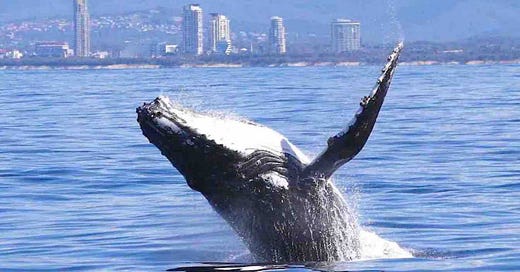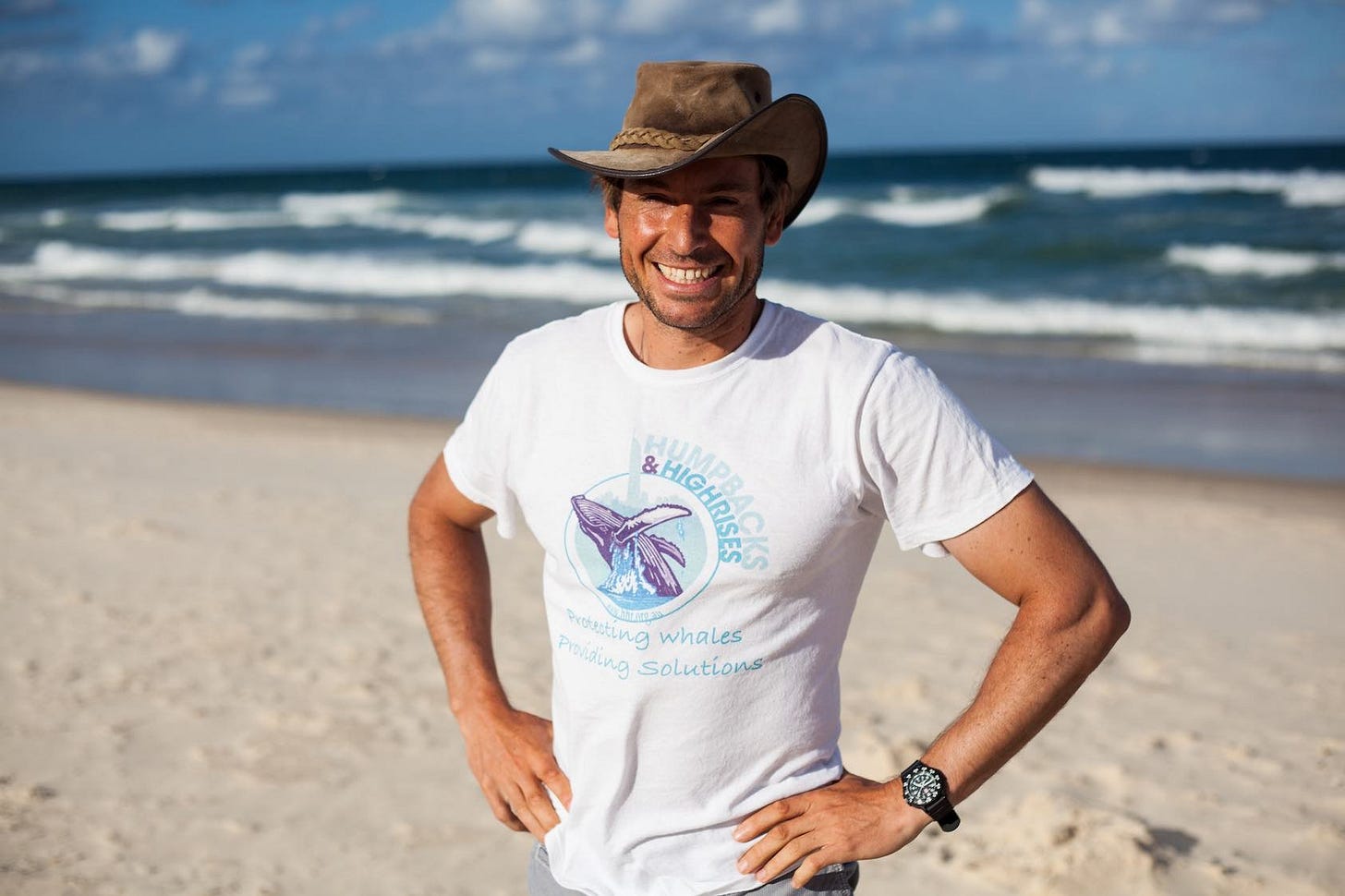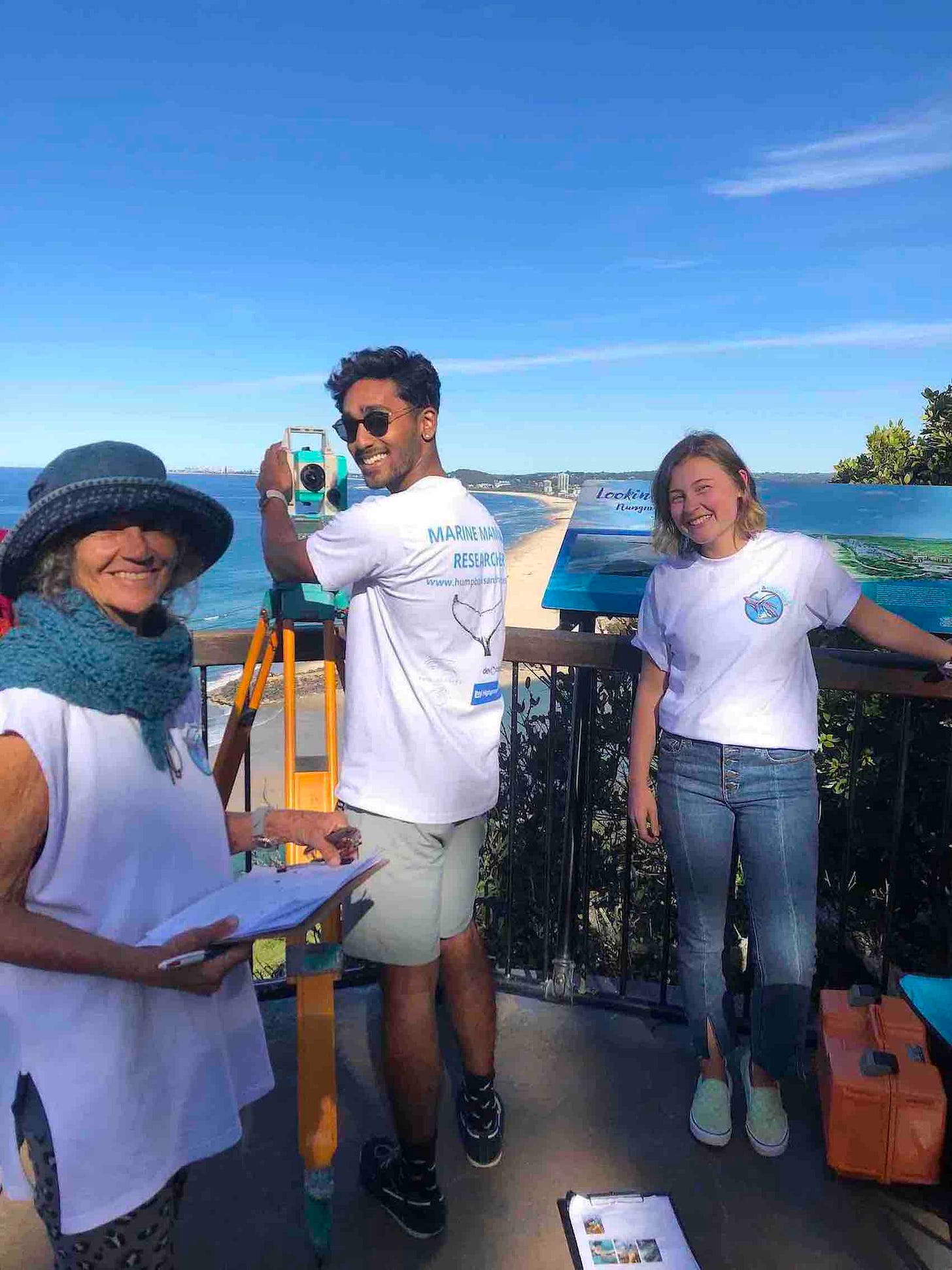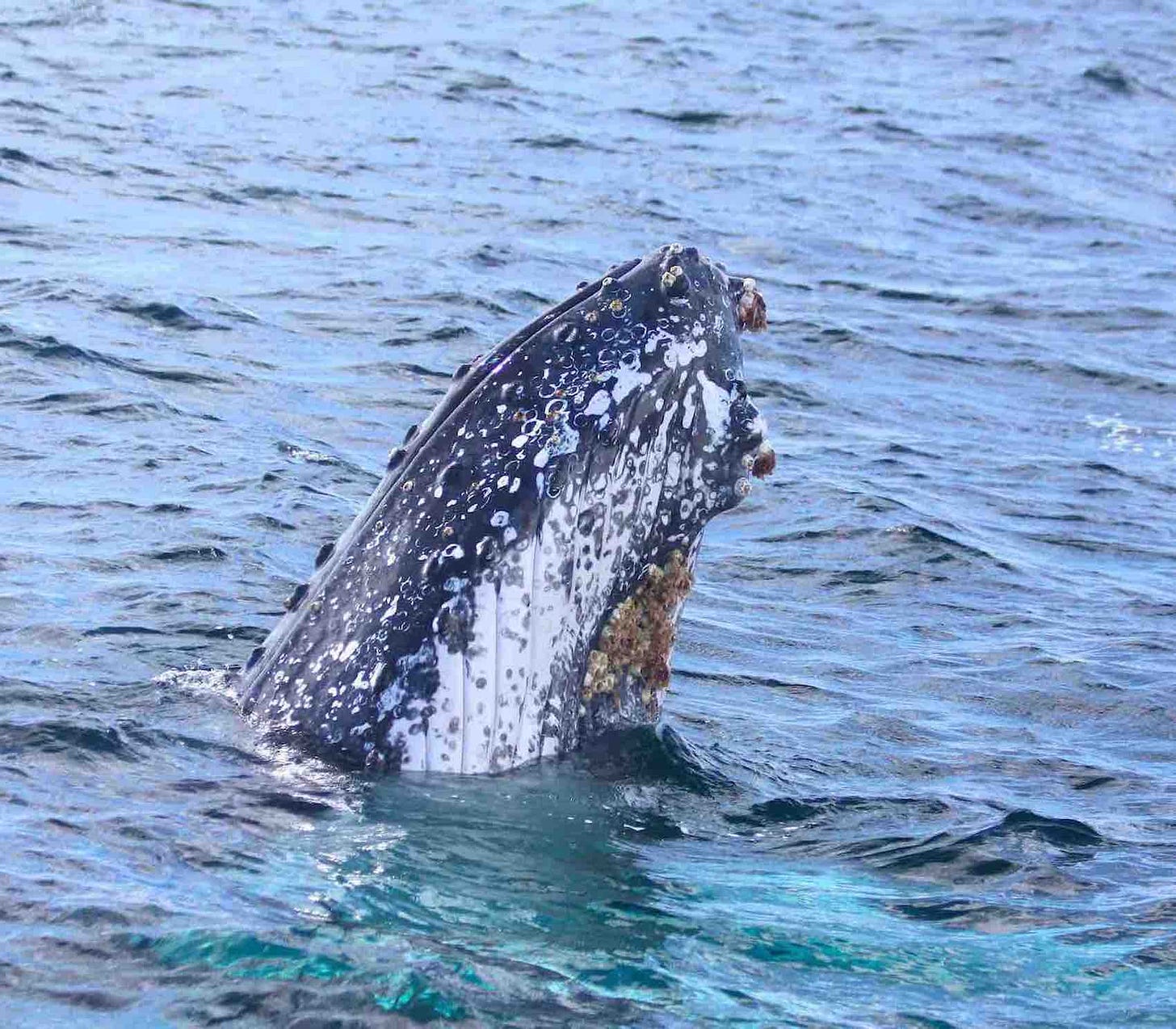7 things to love about humpback whales
Dr Olaf Meynecke of Humpbacks & High-Rises shows how they're way more awesome than we think
Although I’ve been to the Gold Coast in Queensland, Australia only once, and that was many years ago, I still distinctly remember the amazing beaches, the incredible food, and the friendly people.
I’m glad to know that this hasn’t changed.
“The Gold Coast has not only one of the most stunning beaches, but also an amazing hinterland with a subtropical rainforest,” agrees Dr Olaf Meynecke, the CEO of Humpbacks & High-Rises (HHR).
“The marine environment has much to offer, from humpback whales to dolphins and reefs. It is also a place that is easily accessible.”
As Humpbacks & High-Rises is an NGO based in the Gold Coast, and is a monitoring programme that focuses on the research and protection of marine mammals (such as humpback whales and dolphins) and other marine life in southeast Queensland, it comes as no surprise that Dr Meynecke mentioned this – and that his favourite activities in the area include whales and getting in the water.
“Considering that I study whales and like surfing, the answer is simple: watching whales and catching waves.”
Every day is a new day
To help these marine mammals and other marine life thrive, Dr Meynecke and his team at HHR study and collect data, formulate strategies, involve volunteers, scientists and the whale watching industry, and collaborate with government agencies and universities, among others. People can also volunteer, sponsor and donate, and even “adopt a whale”.
What’s a typical day like at HHR?
“There are not many typical days,” says Dr Meynecke.
“During the whale season, we organise volunteers to go out and monitor whales and prepare events. Outside the whale season, we are working on the data. This includes analysing large datasets, preparing the fluke (the whale’s tail) identification catalogue, and running campaigns.”
Which means there’s always a lot to look forward to. “I am running personalised research expeditions in small groups,” he continues.
“They are my highlights of the year, as we get to spend days with the whales and like-minded people, and I get to combine cutting-edge research with community outreach.”
Out of this world
If you ask me, the chance to observe humpback whales even for just a few moments is already exciting and fulfilling enough – mainly because I’ve seen dolphins before but never humpback whales. And since you’re reading this, I’m pretty sure I’m not the only one who wants this experience or is curious about them.
“Humpback whales are one of the largest animals on earth,” describes Dr Meynecke.
“With acrobatic displays, they have drawn attention around the world, making them the number one whale watch species.
“While they have recovered from whaling and are celebrated as a success story in conservation, they are now facing complex threats, from noise and water pollution to climate change and food shortages.”
Which is why each and every whale-related experience at HHR is treasured. “The close encounters are the best,” he recalls.
Here’s one in particular: “We had a juvenile male spending 45 minutes with our small boat, doing head rises, rolling and belly presentations. The moment the whale looked into my eyes was certainly the most outstanding.”
Dreaming of your very own humpback whale encounter too?
Dr Meynecke reveals his favourite things about humpback whales to keep us enthralled (and eager to help).
#1 Humpback whales breach frequently and use this as a form of communication
“We can interpret it as a ‘hello’ and ‘goodbye’, as well as a sign of strength. Watching a full breach in close proximity is one of the best experiences and shows us how small we are,” he points out.
#2 The way they look at each other and at us
“I find their eyes most fascinating, and they certainly appear like a window to another world.”
#3 Male humpback whales make the most stunning vocals and songs
“These songs change every year and are different for each male. Putting the hydrophone in the water is a great way to listen to the sounds. It certainly opens up a completely different world.”
#4 Humpback whales undertake one of the longest migrations of any mammal in the world
“They travel 6,000 to 8,000 km per year. In fact, half their life is (spent) travelling. I can much relate to this as this is pretty much my life as well.”
#5 Humpback whales have hair
“They have tubercles, which have hair at the end, and they can use the hair to sense currents and maybe temperature (we don’t know yet). These nobs make them look like giant sea gherkins (fun fact alert).”
#6 They are the most studied baleen whale in the world and yet we know so little about them
“Only a very few times was it possible to witness a humpback whale give birth or even document them nursing their calves.”
#7 Humpback whales develop different feeding strategies
“… and adapt to what is available.”
But it doesn’t end there
Here’s a recent experience from Dr Meynecke that’s worth sharing.
“This year, we observed a calf breaching. Nothing unusual about it, but we spent two hours with the mother and calf, and the calf breached 254 times. Almost every 30 seconds it was breaching,” he narrates.
“In over 10 years this was the most (number of) breaches we have ever counted. We called the little guy 'the breacher'. He or she will likely be the record holder for many years to come.”
So what else does Dr Meynecke wish people knew?
How about:
Humpback whales
“They have the highest reproduction rate of any baleen whale and can have a calf every year.”
Other marine mammals and marine life
“Dolphins and whales interact. The dolphins often play for hours with the whales, and we have seen the whales actively seeking that interaction.”
Marine research
“It might appear glorious from the outside, but most of the time it is in front of a computer. The research is extremely expensive as all equipment needs to be salt- and waterproof. There are very limited funding and job opportunities. It is a lifestyle choice.”
HHR and its work
“We run the largest marine mammal monitoring programme in southeast Queensland, are 100% driven by volunteers, and everyone works unpaid. We don’t receive any government funding and rely completely on donations from our supporters to purchase equipment, run surveys and community events.”
An important topic or issue that needs to be addressed
“Australia is one of the few places in the world that catches whales in shark nets. Every year, juvenile humpback whales are being caught in the lethal shark control programme, and are either injured or killed. They are predictable and avoidable events, but even a 130,000-strong petition delivered by HHR to the Queensland government was simply ignored.”
That’s sad to hear, but don’t be disheartened. Dr Meynecke leaves us whale-encounter dreamers with these words of encouragement:
Our capacity to help out, even if we're not volunteers or living in the Gold Coast
“Everyone can help make a difference for our oceans. You can sponsor a whale and receive a certificate for your very own humpback whale; support our campaign to stop whale entanglements; and spread the word about our work and the importance of the oceans for our survival. Reduce plastic and minimise your footprint. Everything we use eventually ends up in the ocean – because everything we need comes from the ocean (oxygen, rain and the climate).”
So let's help them and learn from them, and stay hopeful till then.
Check out Humpbacks & High-Rises here or through their Facebook, YouTube and Instagram.







